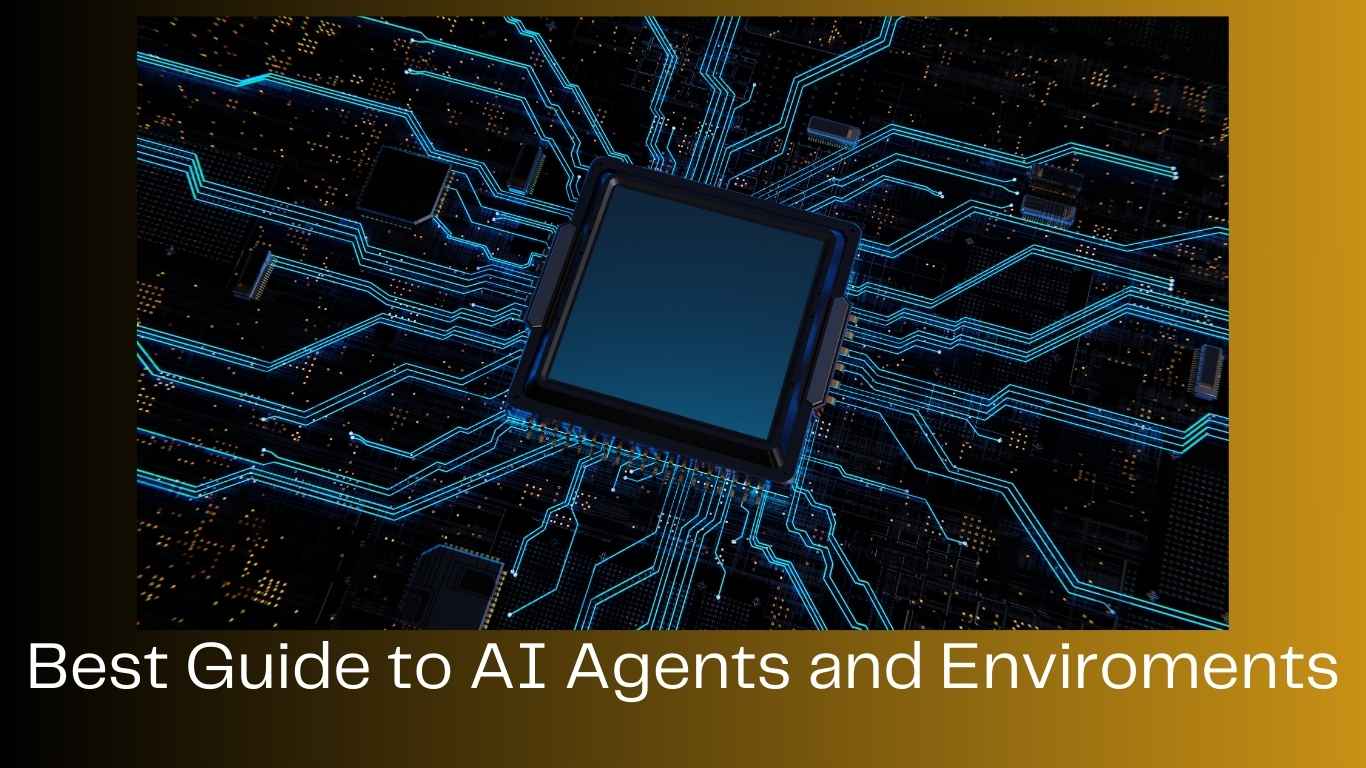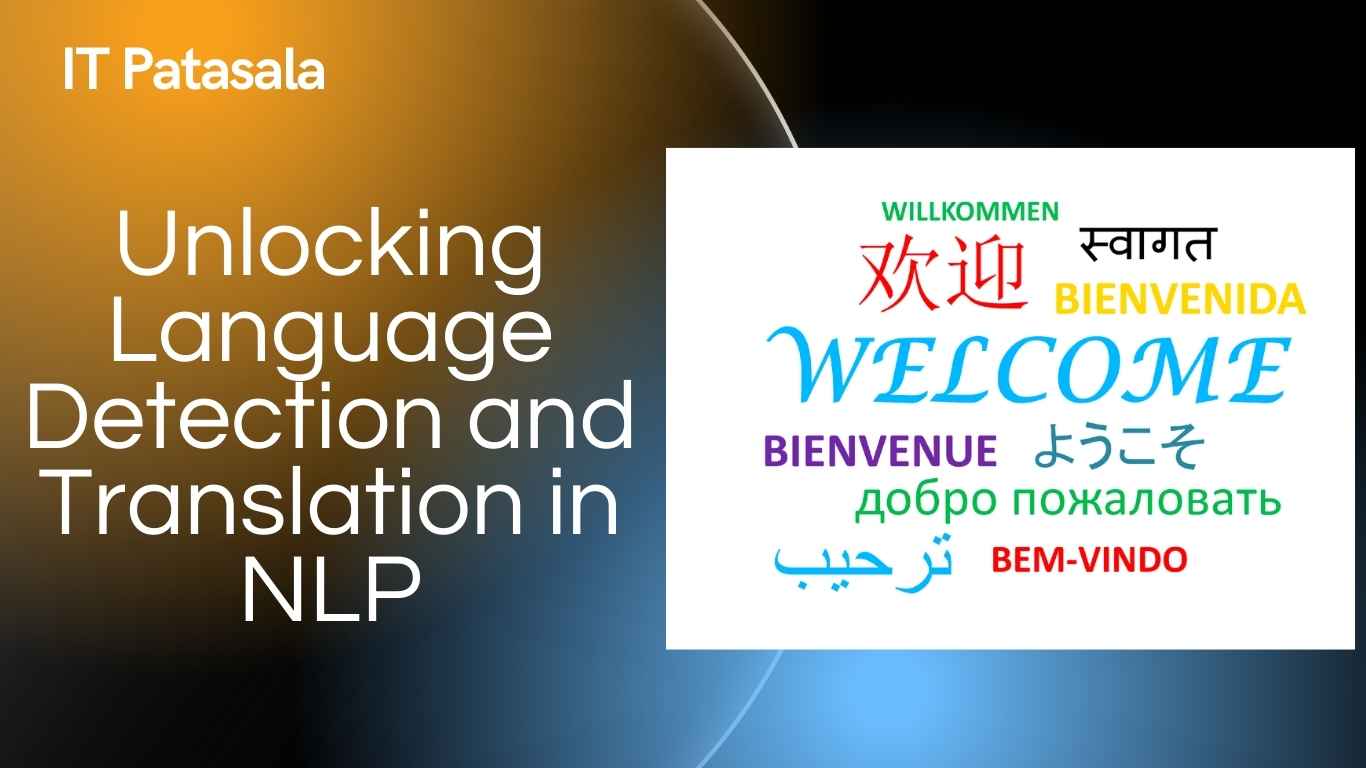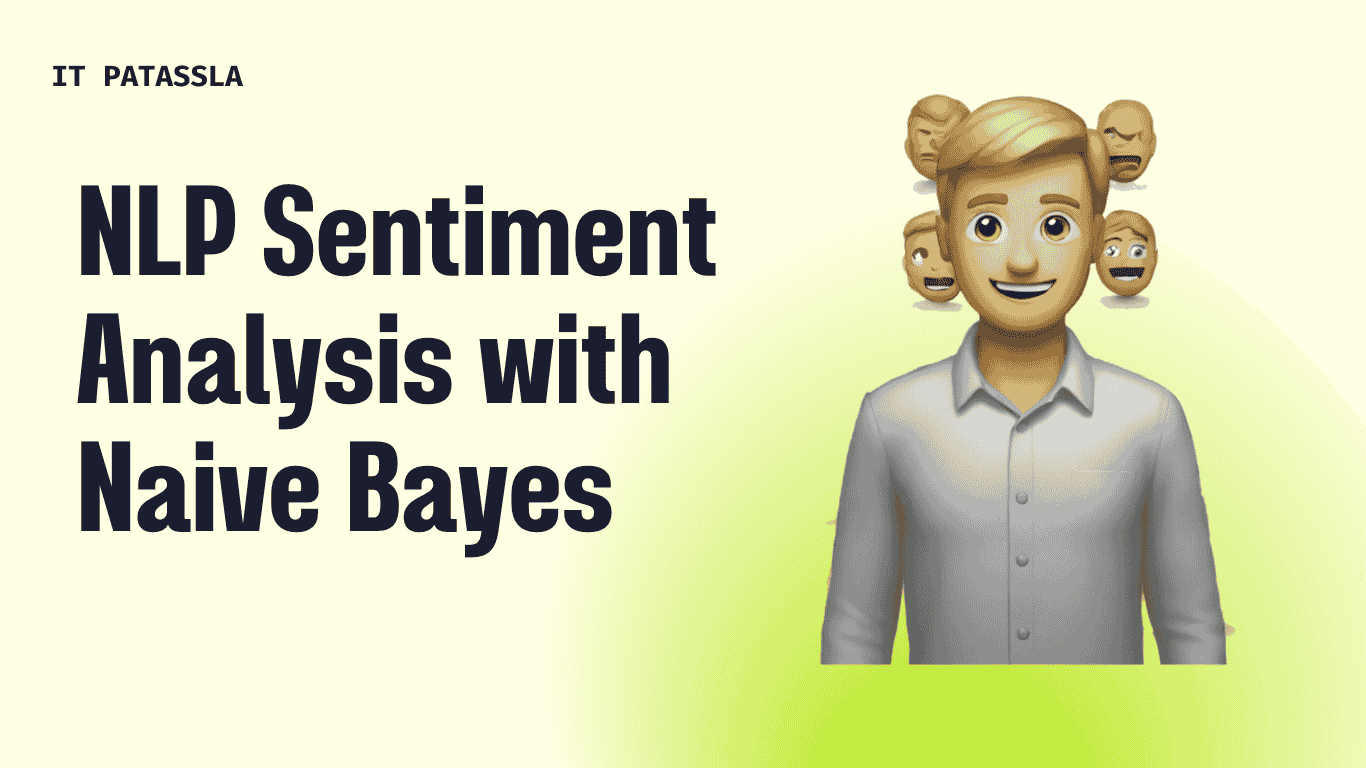Best Guide to AI Agents and Enviroments 2025
AI Agents and Environments Explained with Real-Time Examples
Introduction: Why Understanding AI Agents and Enviroments Matters
In the world of Artificial Intelligence (AI), the concepts of agents and environments form the backbone of intelligent behavior. These two entities interact continuously to simulate decision-making, learning, and adaptation—just like humans operate in the real world.
But what exactly is an AI agent? What role does the environment play? How do they interact to build systems like self-driving cars, chatbots, or autonomous drones?
Let’s explore the building blocks of intelligent systems—AI Agents and Environments—with practical insights, academic structure, and real-world examples to make this topic not only accessible but exciting.
What Is an AI Agent?
An AI agent is any entity (software or hardware) that perceives its environment through sensors and acts upon it using actuators. The goal of the agent is to take actions that maximize some measure of performance.
Definition: An agent is anything that can be viewed as perceiving its environment through sensors and acting upon that environment through actuators.
Key Characteristics of AI Agents
- Autonomy – Makes decisions independently.
- Reactivity – Responds to changes in the environment.
- Proactiveness – Takes initiative to achieve goals.
- Social Ability – Interacts with other agents or humans (optional).
🧠 Example: A thermostat senses room temperature and turns the heater on/off to maintain the set temperature.
What Is an Environment in AI?
An environment is everything that the agent interacts with. It can be physical (real-world) or simulated (virtual). The agent receives percepts (input) from the environment and returns actions (output) back to it.
Simple Rule: Agent + Environment = Intelligent System
Real-Time Example: AI Agent in a Self-Driving Car
- Agent: Self-driving AI software
- Sensors: Cameras, LiDAR, GPS, radar
- Actuators: Steering, brakes, accelerator
- Environment: Roads, traffic, pedestrians, weather
The agent observes traffic lights, lane markings, and pedestrians (percepts), then makes decisions like stopping, turning, or accelerating (actions).
Structure of an AI Agent
An AI agent typically has the following components:
- Sensors: Devices to perceive the environment (e.g., camera, microphone)
- Actuators: Tools for interaction (e.g., motors, text-to-speech)
- Perception Module: Converts sensory data into useful info
- Decision Module: Determines the best action to take
- Learning Module (optional): Improves performance over time
Types of AI Agents
AI agents can be classified based on their complexity and ability to learn:
1. Simple Reflex Agents
- React only to the current percept.
- No memory or learning.
- Example: Automatic sliding door opens when someone approaches.
2. Model-Based Reflex Agents
- Maintain internal state.
- Understand part of the unobservable environment.
- Example: Roomba vacuum navigates using wall sensors and remembers room layout.
3. Goal-Based Agents
- Act to achieve a defined goal.
- Use decision-making or search algorithms.
- Example: A GPS app that finds the shortest path from A to B.
4. Utility-Based Agents
- Optimize for the best outcome using a utility function.
- Weigh trade-offs between different choices.
- Example: Stock trading bots that choose investments with the highest return potential.
5. Learning Agents
- Learn from past experiences and improve future decisions.
- Includes feedback and adaptation mechanisms.
- Example: ChatGPT improves its responses by learning patterns from massive text datasets.
Types of AI Environments
AI environments can vary dramatically based on complexity and observability:
1. Fully Observable vs. Partially Observable
- Fully Observable: The agent has access to complete information (e.g., Chess game).
- Partially Observable: The agent has limited access (e.g., Poker).
2. Deterministic vs. Stochastic
- Deterministic: The next state of the environment is predictable (e.g., Calculator).
- Stochastic: Outcomes are uncertain (e.g., Weather system).
3. Episodic vs. Sequential
- Episodic: Current action does not depend on past (e.g., Image classification).
- Sequential: Past actions affect future ones (e.g., Video game AI).
4. Static vs. Dynamic
- Static: The environment doesn’t change while the agent thinks (e.g., Crossword puzzle).
- Dynamic: The environment changes constantly (e.g., Real-time drone navigation).
5. Discrete vs. Continuous
- Discrete: Limited number of states or actions (e.g., Board games).
- Continuous: Infinite possibilities (e.g., Real-world navigation).
Interaction Between Agent and Environment
Let’s understand how agents and environments interact in a loop:
- Agent receives percepts from the environment through sensors.
- Agent processes these percepts using its internal model or rules.
- Agent decides an action based on goals, utility, or learned behavior.
- Action is executed via actuators, modifying the environment.
- Cycle repeats continuously.
🔁 This is known as the perception-action loop.
Real-World Examples of AI Agents and Environments
🏥 1. Healthcare AI Agent
- Agent: Diagnostic AI tool
- Environment: Patient data, reports
- Sensors: Input from EHR (Electronic Health Records)
- Actions: Suggest treatment, raise alerts
🚗 2. Autonomous Vehicle
- Agent: On-board AI system
- Environment: Road, weather, traffic
- Sensors: Cameras, radars, GPS
- Actuators: Brakes, steering, throttle
🎮 3. Game Bot
- Agent: AI player
- Environment: Game world
- Sensors: Game state
- Actions: Move, attack, defend
🏢 4. Smart Office Assistant
- Agent: AI scheduling assistant
- Environment: Calendar, emails, team availability
- Sensors: Email APIs, calendar access
- Actions: Set meetings, reschedule appointments
Designing a Simple AI Agent: A Student Example
Let’s say you’re building a chatbot for your college.
- Goal: Answer FAQs about the college.
- Environment: User questions, college website data.
- Sensors: Input text (user queries).
- Actuators: Output text (responses).
- Agent Type: Goal-based or learning agent with NLP capabilities.
You can train it using tools like:
- Python + NLTK
- Dialogflow
- Rasa
👨💻 Try it yourself: Build a basic chatbot using
ChatterBotPython library and train it on sample Q&A.
The Role of Reinforcement Learning in Agent-Environment Systems
Reinforcement Learning (RL) is a subfield of AI where agents learn by interacting with their environment and receiving rewards or penalties.
- Agent: Learner
- Environment: Problem to solve
- Reward Signal: Feedback (positive or negative)
🕹️ Example: In the game “Flappy Bird,” an RL agent learns when to jump or stay based on whether the bird hits obstacles.
Popular platforms to learn RL:
- OpenAI Gym
- Unity ML-Agents
- DeepMind Lab
Challenges in Building AI Agents
- Environment Complexity – Real-world environments are dynamic and unpredictable.
- Incomplete Information – Agents often work with partial data.
- Real-Time Decision Making – Requires high computational efficiency.
- Training Time – Learning agents may require massive datasets and time.
- Safety and Ethics – Agents operating in critical fields (e.g., healthcare) need fail-safe behavior.
How to Get Started in Building AI Agents
- Learn Python – It’s the standard language for AI development.
- Understand Logic and Algorithms – Foundations like search, decision trees.
- Start Small – Build agents in controlled environments (like games).
- Explore Tools:
- OpenAI Gym
- Google Colab
- Scikit-learn
- Join AI Communities – Reddit, Kaggle, Stack Overflow
🎯 Pro Tip: Combine this topic with your final-year college project. Build an agent and document how it interacts with its environment.
Conclusion: Why This Topic Matters
The interaction between AI agents and their environments lies at the core of intelligent systems. Whether it’s a chatbot answering customer queries or a Mars rover navigating alien terrain, understanding this dynamic helps you build smarter, more adaptive AI solutions.
This knowledge is fundamental for any student, developer, or professional aiming to pursue a career in AI, robotics, data science, or automation.
Mastering the agent-environment model is like learning the alphabet before writing poetry—it’s the essential first step to building your own intelligent systems.
Also read these




